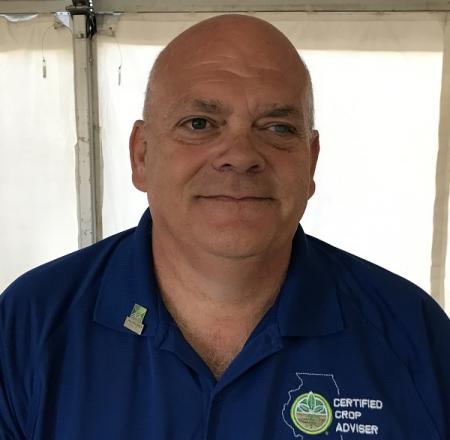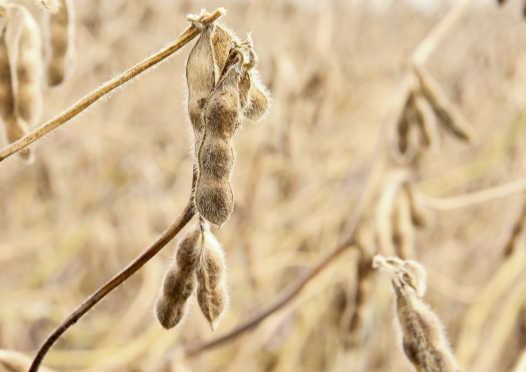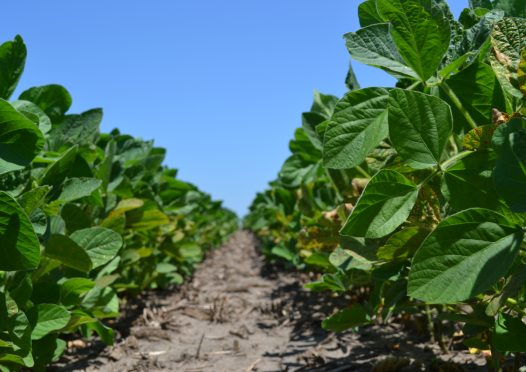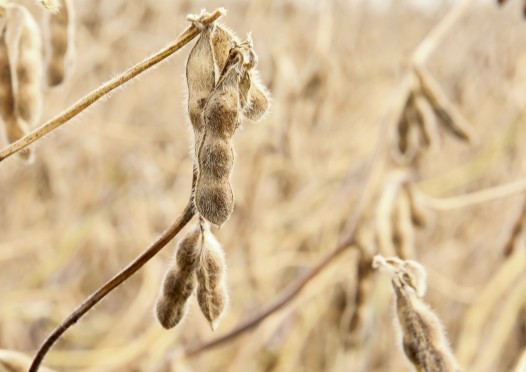ILSOYADVISOR POST
Agronomy: Soybeans: Closing Out 2015
2015 has come to an end as I write this and after a crazy year of ups and downs. I am ready to get 2016 started. We have dealt with lower commodity prices, high input costs, inflexible cash rents and weeds that wouldn’t die. Sounds like something I could have written 35 years ago. While we really don’t deal with new problems, just rehash old ones, some of our solutions will come from new technologies. But we can’t lose sight of what the basic needs of our crop are just to save a few dollars.
In 2015 there have been a couple of new things for me. First, I became involved with the ISA Soy Envoy program and that has been a great experience. I have enjoyed writing my opinion on soybean production a great deal and I hope I have given some of you some food for thought. Second, through the Envoy program, I am now on Twitter. That has been a real eye opener! There is an amazing amount of knowledge and information along with an equally amazing amount of BS. The fun part is figuring out how to separate the two.
I read a tweet last month about being on the lookout for “snake oil” products sold by unscrupulous sales people—they are trying to make a quick buck from a grower that wants to save money. I agree with their word of caution. As an example, as you have read in my blogs this past growing season, I like a little foliar nutrition along with my herbicides and fungicides, etc. Don’t take that as an endorsement of replacing soil fertility with any foliar application. The big buzz right now is to feed N, P and K using foliar applications and forget about spreading fertilizer. That is a recipe for disaster! While there are many benefits from foliar applications to supplement the nutrients in the soil, these must be timed with the crops need for that nutrient.
Potassium, for example, can be easily absorbed by the plant in a foliar application. However, most of the K uptake by the soybean plant occurs early in the season. By R3 the plant already has taken up most of what it needs and foliar K is largely wasted. If you really think you need to apply a foliar potassium product, do it early, like with a post herbicide pass for best results. And follow a tissue test recommendation before doing so—don’t use a shotgun approach.
Honestly, a good tissue test is your best indicator of what foliar to use and when. It can also be a good back up to your soil testing program. If you have adequate soil test levels but low tissue nutrient levels, ask yourself, “Why isn’t the crop taking them up?” It could be a micro or secondary nutrient issue, or a compaction, drainage or disease problem. Remember Liebig’s Law of the Minimum. Many factors may be in abundance, but that sole limiting factor will limit yield regardless of all the others being correct.
My main message here is that agronomy doesn’t change because corn and soybean prices are low. Don’t be fooled into believing a “silver bullet” can save you money and preserve yield. It isn’t possible and it isn’t sustainable.
There is a reason ISA approached the Illinois CCA Program about this Soy Envoy program. A CCA is bound by a code of ethics to give clients the best agronomic information at his/her disposal. If you need advice, information or just a sounding board for ideas on crop production, a CCA is your best resource. There are nearly 1,300 of us here in Illinois—more than any other state. So we are fairly easy to find. Put a CCA’s experience, training and knowledge to use on your farm.
Mike Wilson is a Specialty Products Marketing Coordinator at Wabash Valley Service Company. For over 20 years, he has been working with farmers in ten counties in southeastern Illinois to improve economic yield in soybeans, corn and wheat. Mike has been a CCA since 1994 and is looking forward to being a part of the Soy Envoy program.





Comments
Add new comment